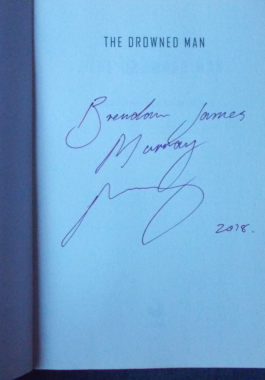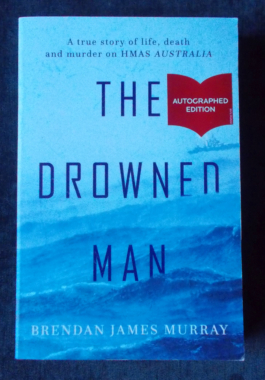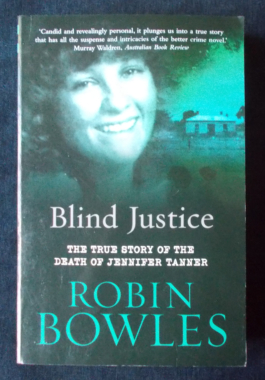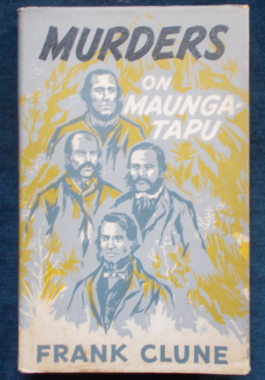- Sorry, this product is unavailable.
-
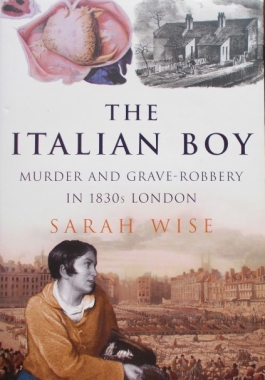
The Italian Boy: Sarah Wise
$30.00At the end of 1831, authorities unearthed a series of crimes at 3 Novia Scotia Gardens that appeared to be a copycat of the infamous Burke and Hare killings in Edinburgh only three years earlier. Soon three body-snatchers were on trial for providing the anatomy schools of London with suspiciously fresh bodies for dissection. They became famous as the London Burkers and their story was dubbed "The Italian Boy" case. The ensuing uproar forced legislation to end body-snatching in Britain. As well as covering the actual case, this book is a fascinating window on the lives of the poor of 1830s London. -

Jimmy Governor: Frank Clune
$30.00Jimmy Governor was born a half-caste and grew up to be a gentle, hard-working man. On December 10 1898, he committed the unpardonable sin of marrying a white woman. He and his wife, downgraded to the status of outcasts, became the targets of taunts, insults and bigotry from a society determined to undermine their dignity. Two years later, Jimmy Governor became a murderer. -
 Australia has had its fair share of murders - the grisly, the macabre, the humdrum, the unsolved and the controversial. Men have been hanged who perhaps should never have been convicted; men have gone free who perhaps should have been found guilty. Just the chapter headings alone are enough to entice the reader: The Crimson Feather; Roadside Nightmare - the murder of a courting couple by William Moxley; The Pyjama Girl case, still unsolved to this day; The Walking Corpse ( dubbed the 'Mutilator Murders') and more.
Australia has had its fair share of murders - the grisly, the macabre, the humdrum, the unsolved and the controversial. Men have been hanged who perhaps should never have been convicted; men have gone free who perhaps should have been found guilty. Just the chapter headings alone are enough to entice the reader: The Crimson Feather; Roadside Nightmare - the murder of a courting couple by William Moxley; The Pyjama Girl case, still unsolved to this day; The Walking Corpse ( dubbed the 'Mutilator Murders') and more. -
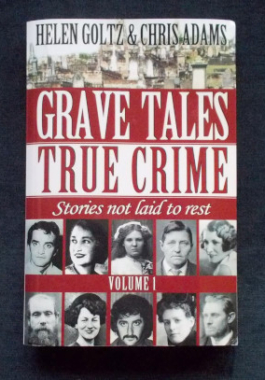 What made them do it? What were they thinking? Was it nature or nurture, that is, were they born evil or were they the products of their environment? And why are we so fascinated with crime? Journalists Helen Goltz and Chris Adams have been spoilt for choice selecting stories for the first Grave Tales: True Crime volume. These are some of the terrible crimes that took away the public innocence, crimes destined never to be solved that live on in Australian history… crimes that are confounding with their cruelty, staggering in their brilliance and amazing in their sheer audacity. In this volume: Edward Leonski; Norman 'Chops' Lee; Linda Agostini, the 'pyjama girl'; The Battle Of Broken Hill; Martha Needle; John T.W. Smith; Bertha and Mary Schippan; Creswell and Orton; Frderick Bailey Deeming; Betty Shanks; Robert Francis Burns; The Clarke Brothers; Chrissie Venn; Eugenia Falleni; The Somerton Man. Illustrated with maps, photographs and includes all references and grave locations.
What made them do it? What were they thinking? Was it nature or nurture, that is, were they born evil or were they the products of their environment? And why are we so fascinated with crime? Journalists Helen Goltz and Chris Adams have been spoilt for choice selecting stories for the first Grave Tales: True Crime volume. These are some of the terrible crimes that took away the public innocence, crimes destined never to be solved that live on in Australian history… crimes that are confounding with their cruelty, staggering in their brilliance and amazing in their sheer audacity. In this volume: Edward Leonski; Norman 'Chops' Lee; Linda Agostini, the 'pyjama girl'; The Battle Of Broken Hill; Martha Needle; John T.W. Smith; Bertha and Mary Schippan; Creswell and Orton; Frderick Bailey Deeming; Betty Shanks; Robert Francis Burns; The Clarke Brothers; Chrissie Venn; Eugenia Falleni; The Somerton Man. Illustrated with maps, photographs and includes all references and grave locations. -
 The author took a job in an Australian prison because - well, he needed a job, and any job would do. What had been a stop gap became and all-absorbing preoccupation with the problem of men in prison. One day, he was asked if he remembered the Greek bloke who had killed his wife with half a house brick. He couldn't remember the particular Greek - and he realised that over the seven years of his employment there, that the stone and steel had crept into his heart to the extent that a man who had killed his wife with half a house brick had left no impression on him. In search of what beliefs and values he had left to him after prolonged exposure to the brutality, cynicism and despair of a big maximum-security prison, the author examines his experiences, not as a psychologist, but as a man whose profession is psychology. In the process, comes to several important conclusions.
The author took a job in an Australian prison because - well, he needed a job, and any job would do. What had been a stop gap became and all-absorbing preoccupation with the problem of men in prison. One day, he was asked if he remembered the Greek bloke who had killed his wife with half a house brick. He couldn't remember the particular Greek - and he realised that over the seven years of his employment there, that the stone and steel had crept into his heart to the extent that a man who had killed his wife with half a house brick had left no impression on him. In search of what beliefs and values he had left to him after prolonged exposure to the brutality, cynicism and despair of a big maximum-security prison, the author examines his experiences, not as a psychologist, but as a man whose profession is psychology. In the process, comes to several important conclusions. -
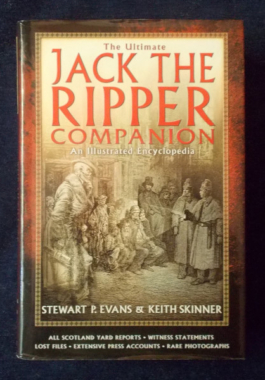 This really is the ultimate for Ripperologists - an encyclopedic work, solidly researched and profusely illustrated, collated from all the known and still-existing official records and supplemented by contemporary press reports. It presents. for the first time in one volume, a prime-source reference book on the eleven shocking prostitute murders that took place in the East End of London between 1888 and 1891. While there is no doubt that the Whitechapel Murders, as they were classified by Scotland Yard, were committed by more than one person, no one knows how many of the killings can be attributed to a single culprit. More than one murderer wore the guise of Jack the Ripper, and the identities of all suspects to this day remain unknown. Divorcing the facts of the Ripper case from the myths that have proliferated in fiction and film, this is a factual, documented narrative of the entire series of crimes, their forensic evidence, the official suspects and possible accomplices, police reports, inquests, newspaper articles of the day and rare photographs.
This really is the ultimate for Ripperologists - an encyclopedic work, solidly researched and profusely illustrated, collated from all the known and still-existing official records and supplemented by contemporary press reports. It presents. for the first time in one volume, a prime-source reference book on the eleven shocking prostitute murders that took place in the East End of London between 1888 and 1891. While there is no doubt that the Whitechapel Murders, as they were classified by Scotland Yard, were committed by more than one person, no one knows how many of the killings can be attributed to a single culprit. More than one murderer wore the guise of Jack the Ripper, and the identities of all suspects to this day remain unknown. Divorcing the facts of the Ripper case from the myths that have proliferated in fiction and film, this is a factual, documented narrative of the entire series of crimes, their forensic evidence, the official suspects and possible accomplices, police reports, inquests, newspaper articles of the day and rare photographs.


